
Travel tips Wroclaw – insider tips for a weekend trip to Poland
Wroclaw – or as it is called in German: Wroclaw – first came to my attention in connection with its nomination as European Capital of Culture 2016. Poland’s fourth-largest city, with its multi-layered past and a wide range of cultural offerings, seemed to me to be an exciting destination for a weekend trip.
Traveled – Zurich-Wroclaw direct
For this reason, Wroclaw landed as one of 16 destinations on my list of travel ideas for 2016. When I looked more specifically at a possible city trip to Wroclaw, I realized that the journey is rather cumbersome and, above all, time-consuming due to the lack of direct flights (and lack of direct train connections) for a weekend trip. So I postponed this project until I read in the Swiss Boardmagazin this summer on my outbound flight to Leipzig that Swiss Wroclaw will be added to its flight schedule as a new destination from the end of October and will fly directly from Zurich. As soon as we returned from Leipzig, we booked the flights to Wroclaw. According to the current flight schedule, Swiss is offering a Friday evening flight to Wroclaw. There are no direct flights back on Sunday – but there are on Monday morning, so you can make it back to the office in the afternoon. The good thing about this connection is that you have two full weekend days for Wroclaw. Enough time to get to know the different facets of the lively city. At the airport, we bought a 72-hour ticket (26 zlotys) for public transport at the vending machine at the bus stop. That was worth it, because we covered some distances in the city center by tram. The route from the airport to the city centre/train station is served by bus no. 106 (approx. 30 minutes travel time).
Done – Sightseeing in Wroclaw
Stroll through the old town |
We didn’t expect Wroclaw to be dressed up for Christmas in mid-November. However, the Christmas market on the Town Hall Square – “Rynek” – is a very respectable one, where you can also discover one or two local specialties and Polish handicrafts as souvenirs. Most of the colourful, pretty façades surrounding the Rynek were built during the reconstruction after the end of the 2nd World War. Wroclaw, like other Polish cities, suffered considerable war damage. If you stroll through the old town, you will also discover one or the other dwarf on the ground. Its origins lie in the opposition movement against the communist regime in Poland in the 1980s. At that time, the Orange Alternative dressed up as dwarfs at demonstrations. In 2001, the first dwarf appeared at the place where the demos were launched. After that, the government commissioned artists to design more dwarf subjects. Today, they are one of the tourist attractions of Wroclaw.
Visit the Cathedral Island |
It is a short walk from Rynek to Dominsel. It’s funny that the term “cathedral island” has been able to survive to this day, even though the northern arm of the Oder was filled in in the 19th century and the “cathedral island” has not been an island since then. The two cathedral towers and the bishop’s seat in front of them are among the most popular photo motifs in the city.
Discover Street Art |
After strolling through the cathedral island, we let ourselves be guided by a street art map through the northern quarters behind it. I find it totally exciting when I end up in interesting backyards in search of murals and thus get an insight into everyday life. Since the scene is relatively active, it may well be that murals marked on maps can no longer be found on site.
Climb viewpoints |
There are several ways to experience Wroclaw from a bird’s eye view. In the old town, these are the 42 m high Mathematical Tower, the viewing platform of St. Elisabeth’s Church right next to Rynek and the Penitents’ Bridge between the towers of the Magdalene Church. We climbed the latter (cost 5 zlotys) and enjoyed the view over the city center.
The highest viewpoint in Wroclaw is located just outside the old town centre in the tallest residential building in Poland, the Sky Tower. The entrance fee here is 11 zlotys and must be purchased on the first floor (1st floor) of the department store, which occupies the first three floors of the Sky Tower. For safety reasons, 20 people are transported by lift to the viewing platform every half hour. It may therefore be that you have to be patient until you are admitted. Unfortunately, we caught a bit cloudy weather, but the view over the entire city area is impressive.
Admire the Centennial Hall |
The “Hala Stulecia” is an imposing building that was opened in 1913 on the 100th anniversary of the victory of the anti-French coalition army over Napoleon Bonaparte near Leipzig. The city architect at the time, Max Berg, used a new reinforced concrete technology for the construction and used it to create a gigantic exhibition hall as part of the Wroclaw exhibition grounds. In 2006, the Centennial Hall was added to the UNESCO World Heritage List. On a city trip to Wroclaw, I can warmly recommend a stroll through the exhibition grounds – in addition to the Centennial Hall, there are other exciting buildings to visit here.
Hop from museum to museum |
This includes the 4-dome pavilion by Hans Poelzig. Today, the premises house the Museum of Contemporary Art (which is part of the National Museum).
In addition to the Museum of Contemporary Art, we also took a look at the Museum of Architecture and the BWA Wroclaw Galleries of Contemporary Art. The Architecture Museum was unfortunately partially closed, but the premises (part of the former St. Bernard monastery from the 15th century) are worth seeing. The current exhibition of the BWA Gallery, on the other hand, did not particularly appeal to us. The final visit to the panorama of Racławice, which has a very special significance for Wroclaw, was interesting. It should be noted that access to the panorama is in groups and you should certainly take an hour (cost 30 zlotys – so you can also visit the National Museum for free).
Eaten – Foodie Tips for Wroclaw
Wroclaw delighted us with its variety of restaurants. Below are our highlights and I am amazed at what has come together in two days…
Breakfast happiness for the first time |
We went to Szynkarnia spontaneously and we were immediately impressed. If you have breakfast here, you will be served exquisite local food at fair prices. We ordered the “Breakfast for 2” plus two freshly squeezed fruit juices and two lattes and paid a total of 82 zlotys. Fine and very sympa!
Breakfast happiness for the second time |
Charlotte is located on the road between the PURO Hotel and the Old Town. It is a mixture of bakery and wine bar with a French touch. It is practical that it opens at seven in the morning and thus sweetened the start of Monday for us on Monday morning before the journey home.
Market Halls Coffee Break |
Built at the beginning of the 20th century, Hala Targowa on Piaskowa Street is worth seeing for architectural reasons alone. In addition to all kinds of seasonal delicacies, you will also find a very good coffee stand in the middle of the market hall.
Kuchentraum |
Café Gniazdo is always well stocked, which is ideal for a short cake warm-up stop. With a bit of luck you will get a free spot. It worked for us on the second attempt.
Light Lunch |
If you want to bridge the time between ticket purchase and the allotted time slot for the detour to the observation deck of the Sky Tower, make a detour to the Di Café – Deli, which is also located in the shopping center. You might not think it at first glance, but excellent food is served here. The sister restaurant “Dinette” near the old town is one of the breakfast favourites of the locals.
For gourmets |
For my culinary highlight in Wroclaw, I took a good thirty-minute tram ride to the final stop on the eastern outskirts of the city. But it was worth it. The Olszewskiego.128 restaurant serves Michelin-starred cuisine. We opted for the five-course tasting menu (160 zlotys) with wine accompaniment and tried our way through exciting creations.
Update 2021: the restaurant Olszewskiego.128 is unfortunately permanently closed
Portuguese flair |
A more central alternative to Olszewskiego.128 is Taszka, which is located directly on the Rynek. The restaurant owners have a Portuguese background, which runs through the menu and the wine selection. Taszka also offers a tasting menu (145 zlotys). Finely cooked, but for me clearly second only to the Olszewskiego.128.
Update 2021: the restaurant Taszka is unfortunately permanently closed
Drinks & more
In addition to the fine dining options mentioned above, Wroclaw of course offers a wide selection of restaurants with classic Polish cuisine, burger bars, chip shops and hip cocktail bars. At this point, the Lot Kury should be mentioned for its excellent drinks (not only alcoholic), the Bulka for its casual club ambience and the KRVN Bar for the fine burgers and delicious Buddha Bowls. As you can see, you can easily eat your way through Wroclaw on a weekend.
Slept – spend the night centrally
We spent the night in the PURO Wroclaw, which is located not far from the former Freiburg train station directly on the southern green belt of the old town and is well connected to the airport bus line as well as to the city center. Puro Hotels are currently located in four Polish cities and the concept is a mixture of a casual living room atmosphere and simple, practically furnished hotel rooms. For us, this is the ideal starting point to discover the old town of Wroclaw mostly on foot.
Practical tips for your city trip to Wroclaw
- Arrival from Zurich with Swiss (direct flight)
- The local currency is called Zloty – we changed about 100 CHF at the airport and paid the rest by card (card is accepted practically everywhere)
- If you take the bus from the airport to the city, it’s best to buy a 72-hour public transport ticket
- In the old town, the sights are within walking distance, the Jahrhunderthalle and/or the Sky Tower are worth the tram
- You can find more exciting tips about Wroclaw at Lu Morgenstern, among others.
- For foodies, I also recommend the Wroclaw Guide from “what should I eat for breakfast”




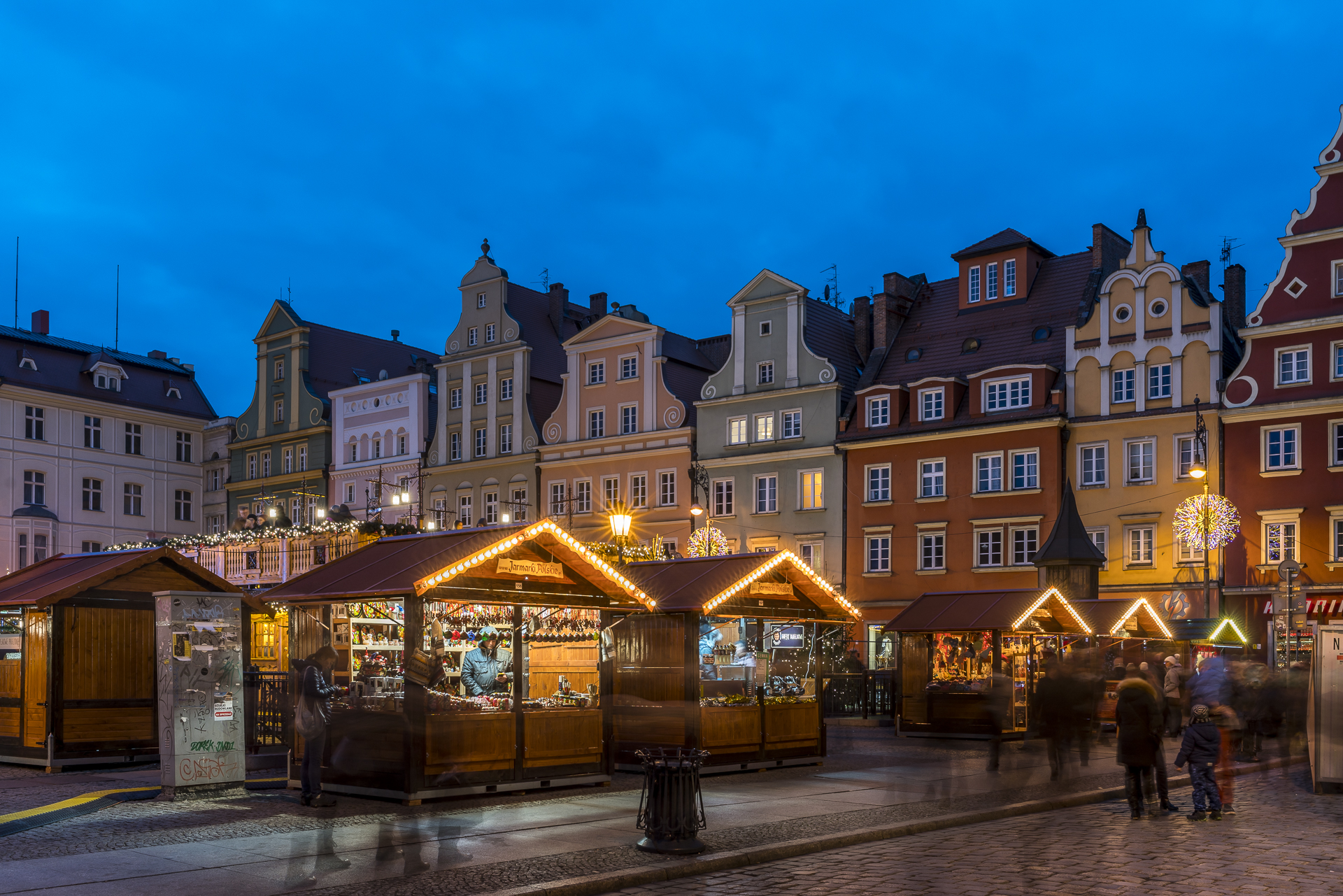

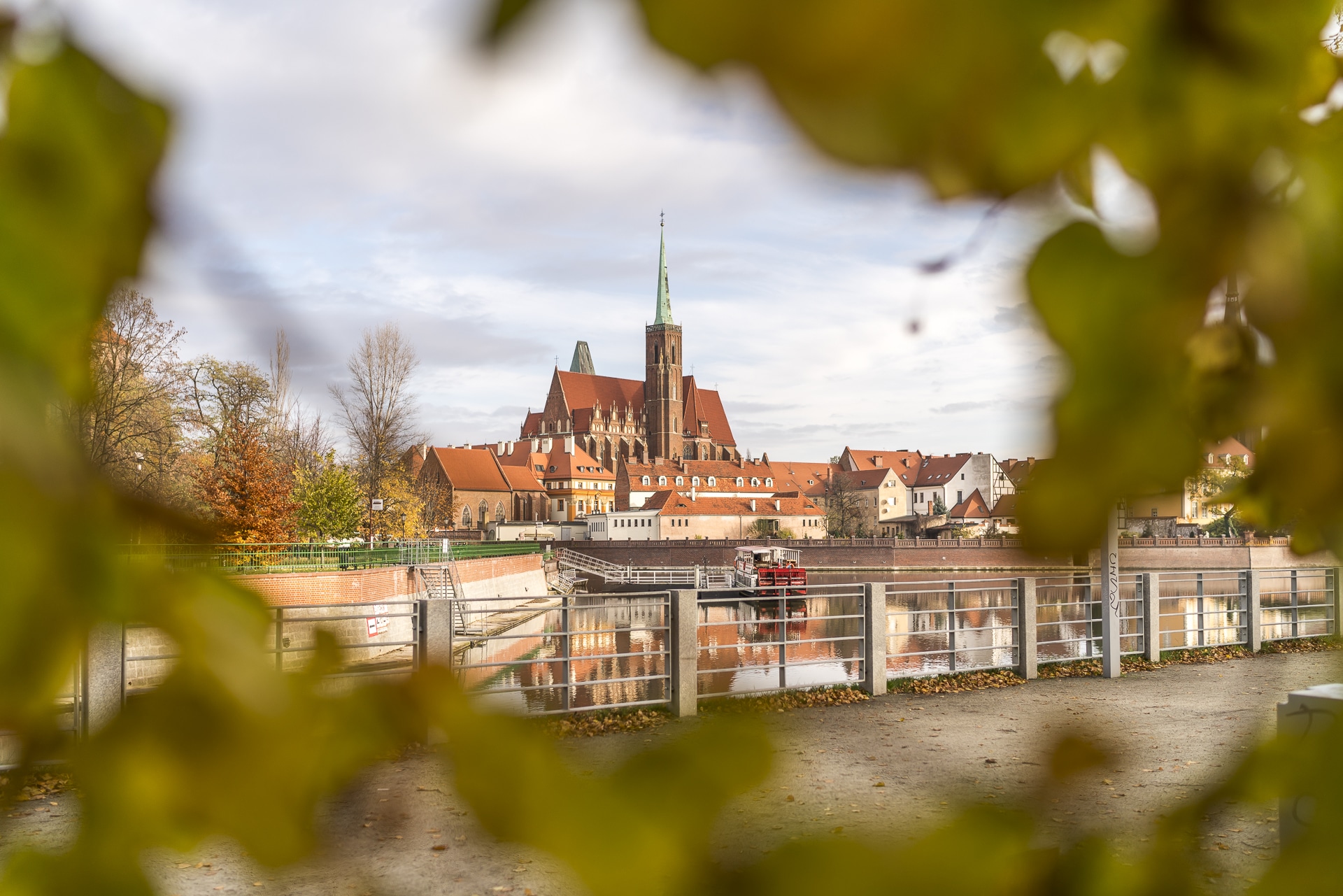












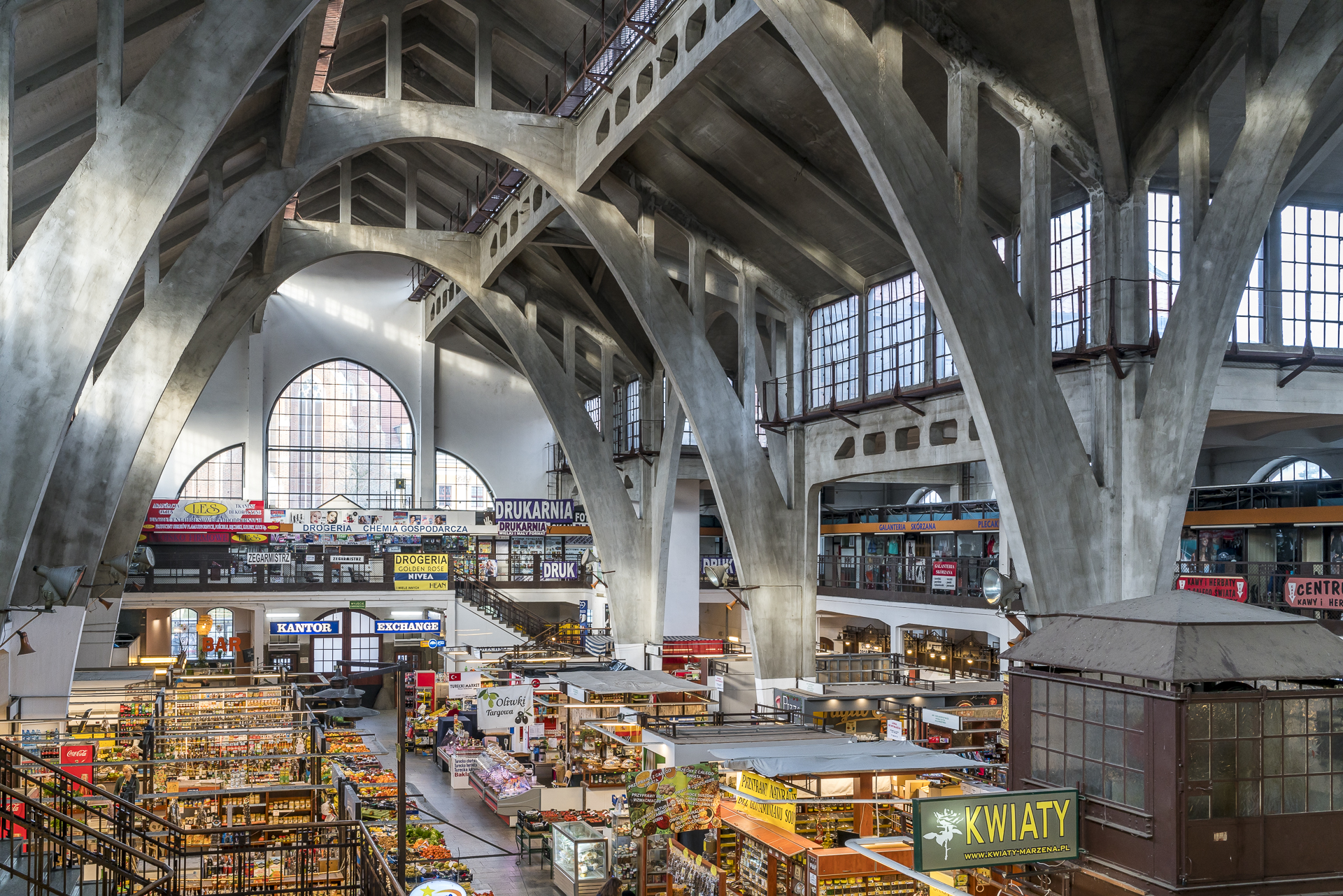







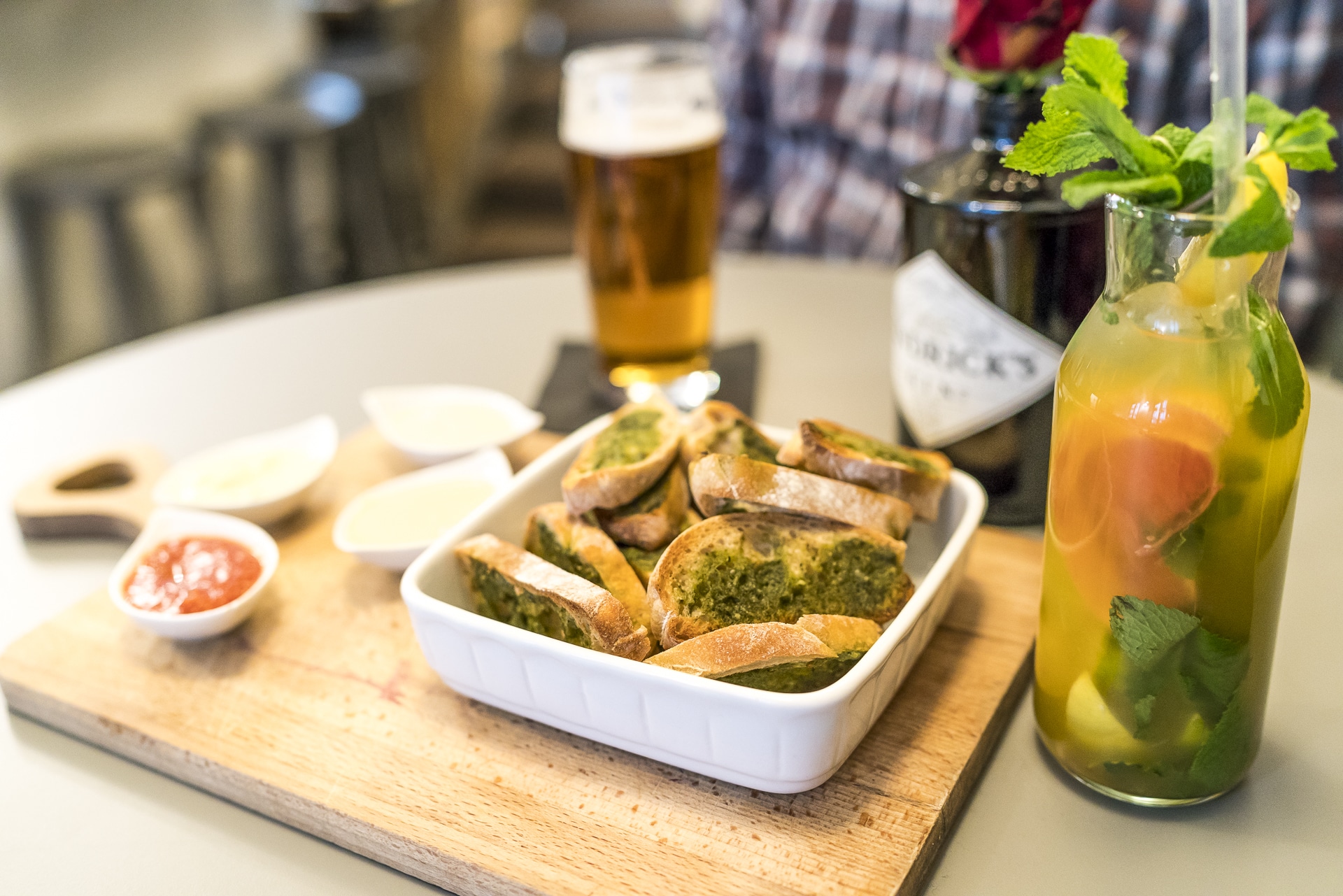
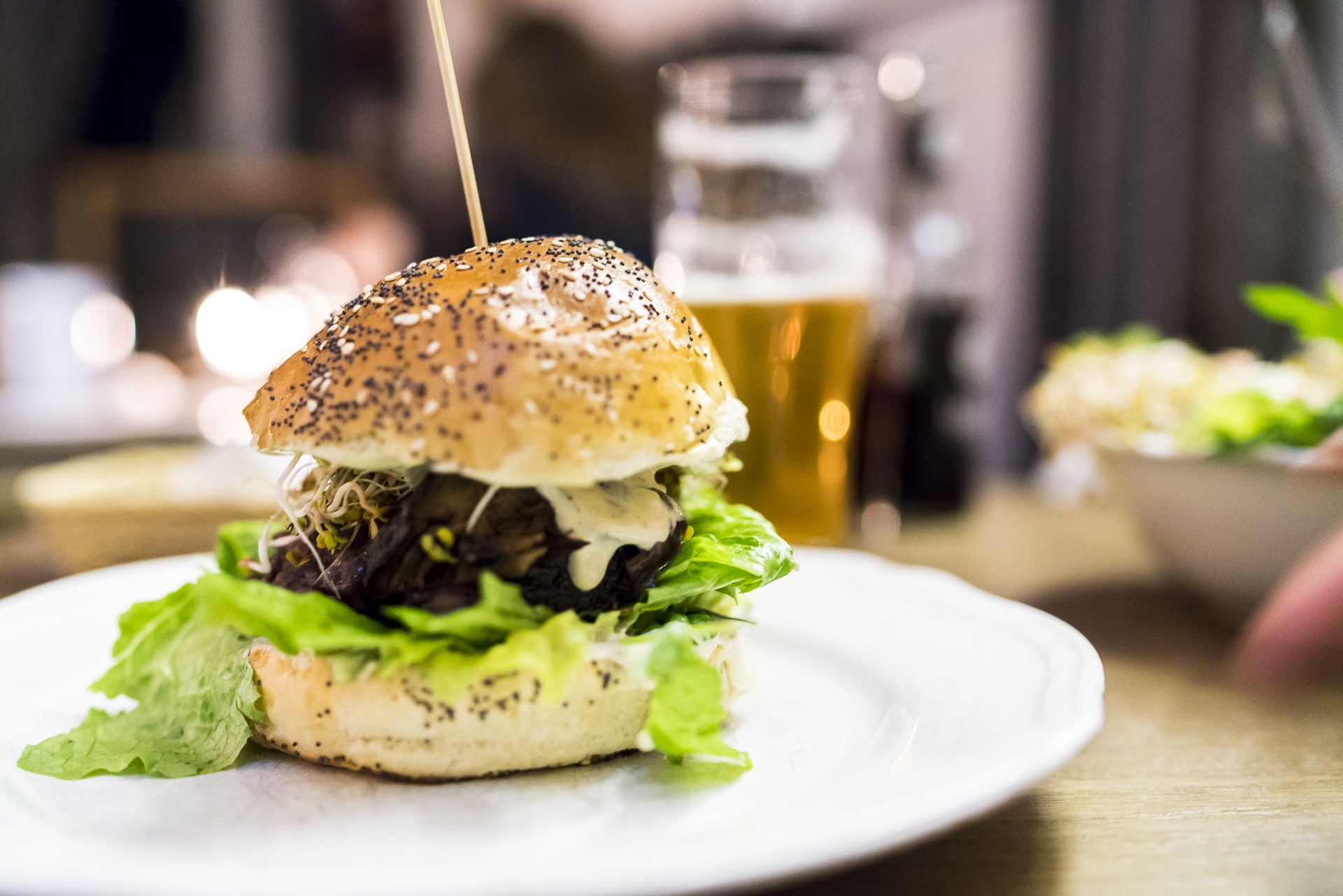




Leave a Reply